Cloud-Based Digital Asset Management Software
Effortless Asset Management to Boost Efficiency
- Item Barcoding Simplifies Digital Asset Management
- Scan Barcodes on the Go with the Mobile App
- GPS Location Tracking Improves Asset Supervision
- Receive Timely Alerts to Assist with Lifecycle Maintenance
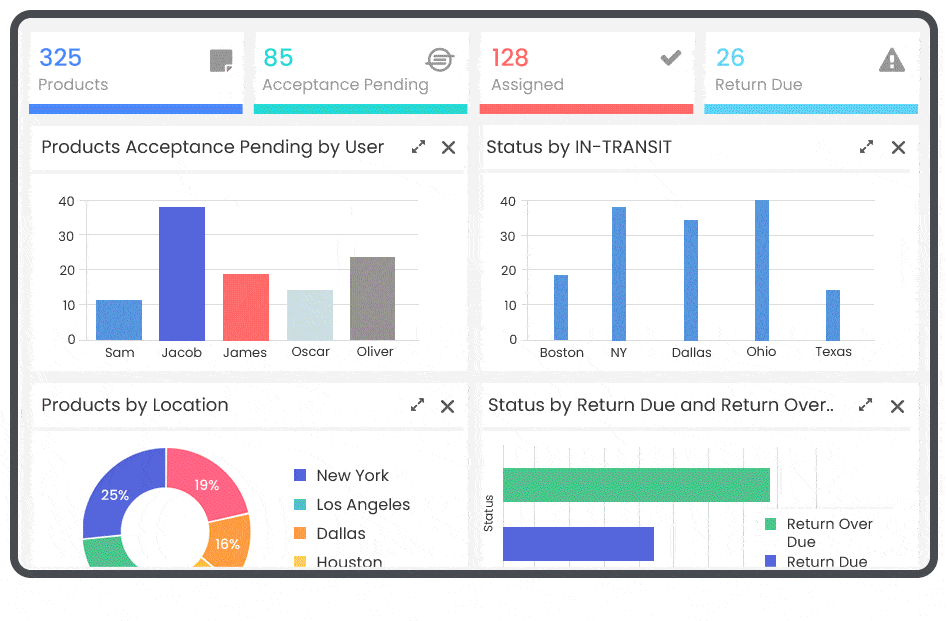
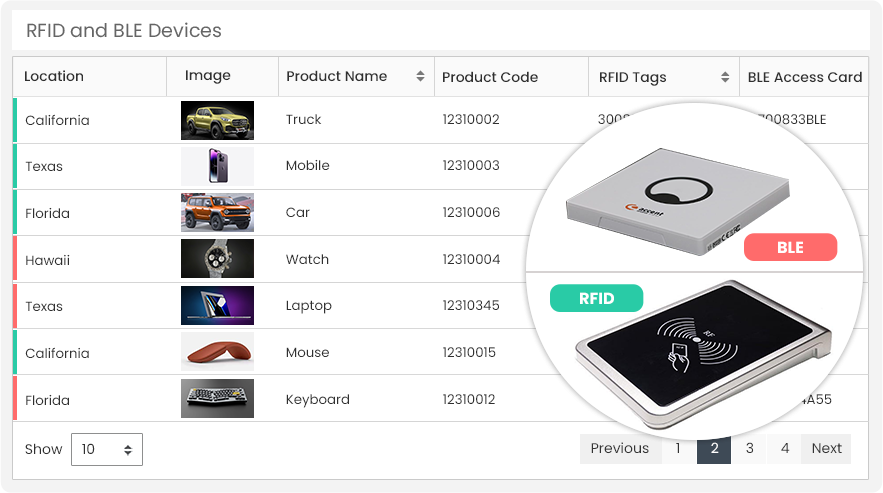
Asset Lifecycle Management
Our asset lifecycle management aims to maximize value and minimize risks associated with assets throughout their entire lifecycle. This involves a comprehensive approach to handling assets from acquisition through disposal. Assets are monitored and maintained throughout their lifecycle to optimize performance and minimize downtime. This includes regular inspections, preventive maintenance, and repairs as needed to extend asset lifespan and ensure operational efficiency.
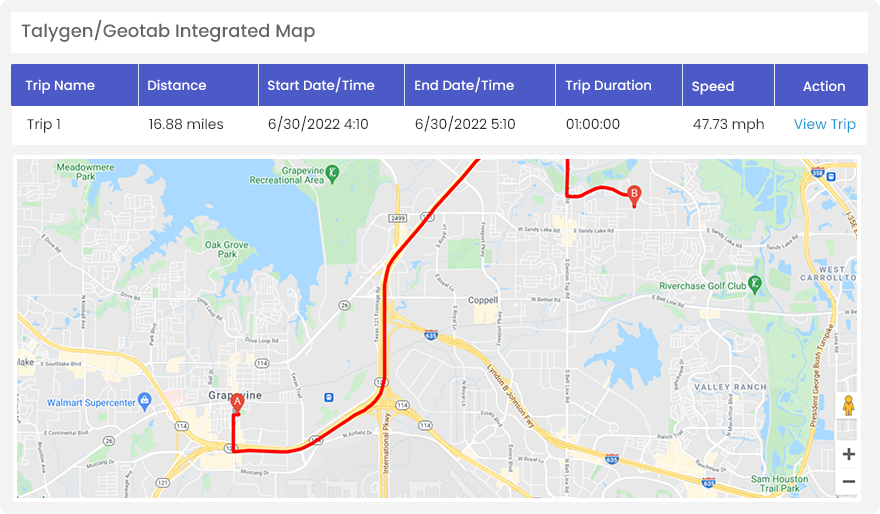
Improve Individual Supervision
Using Talygen's mobile GPS tracking, users can organize and track items across multiple locations. They can also find and store asset information, such as who uses the item, its current location, and its maintenance cost.

Asset Transfer
Track assets in transit effectively, mitigate the risk of damage or loss, and ensure secure and timely delivery to their intended destinations. The platform's real-time tracking capabilities, secure handling protocols, and comprehensive documentation features enhance visibility, accountability, and efficiency throughout the asset transfer process.
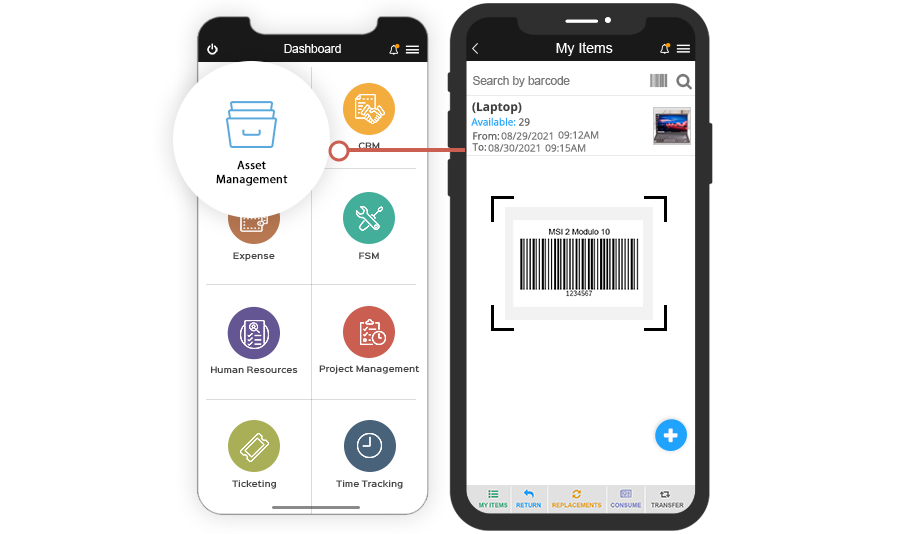
Manage Assets On The Go
Users can track the company inventory even while on the go. Mobile scanning makes uploading items to the system easy and saves time when issuing and returning items. Remote items can be identified without contacting end-users.
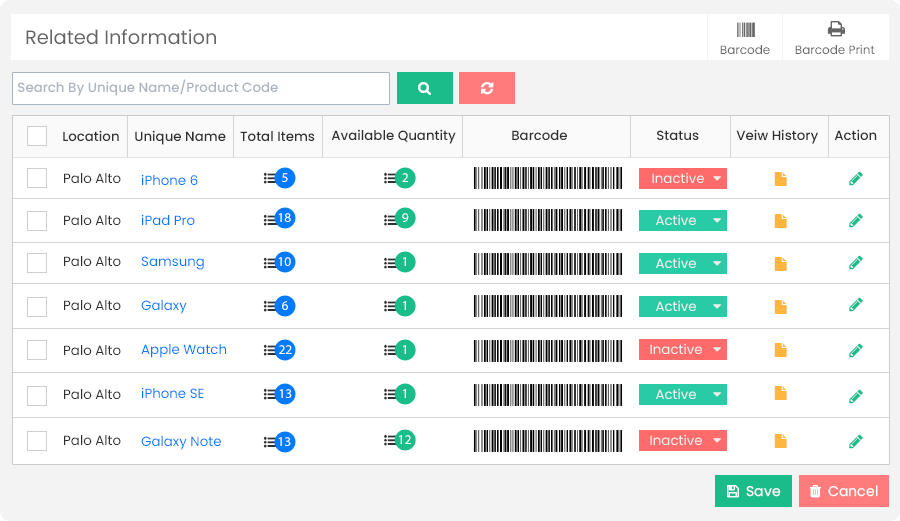
Efficient Record Keeping
Users can generate barcodes to serve as unique identifiers of items. Talygen keeps a record of all a company’s assets and their barcodes to eliminate human error. Items can be uploaded to the system through their barcodes, and users can also manually search for items via their barcodes.
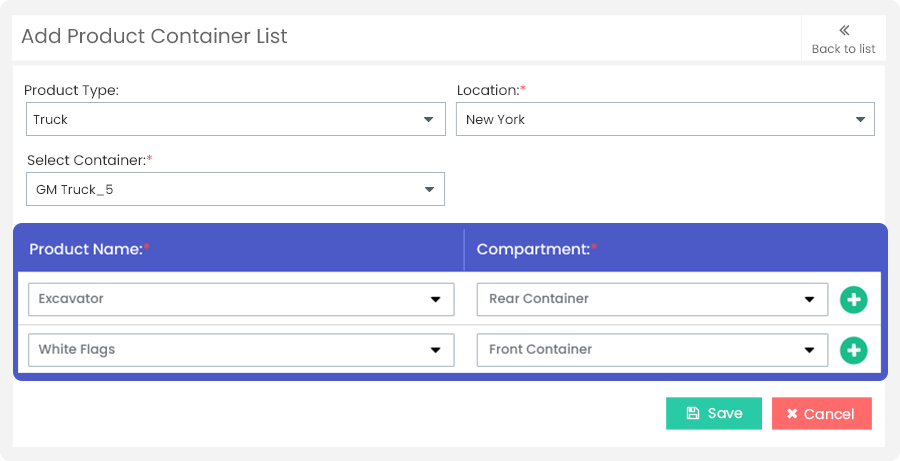
Club Multiple Products Into a Container
The integrated asset management tool allows users to transfer items from one user to another. Users can also create containers for different products and place items into specific containers.
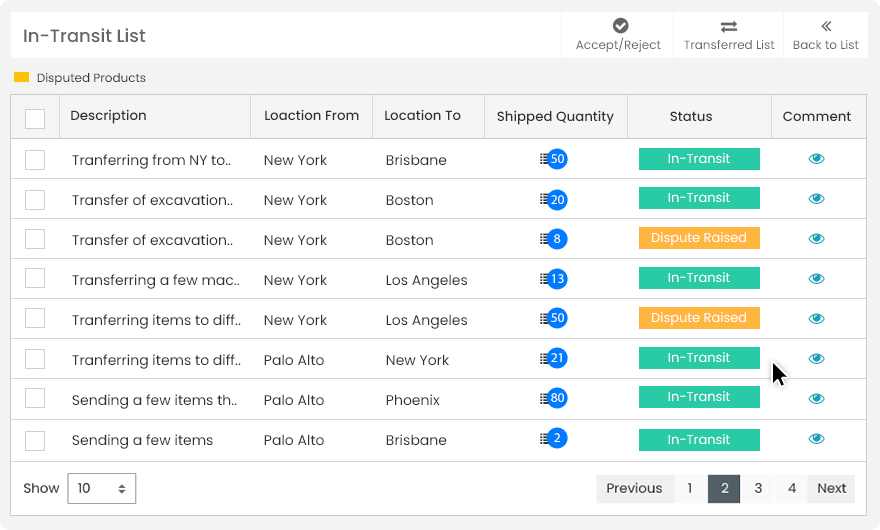
Transfer Items Dispute
Our system ensures the smooth handling of disputes related to missing or damaged assets. We have implemented a satisfactory dispute resolution mechanism to address issues effectively.
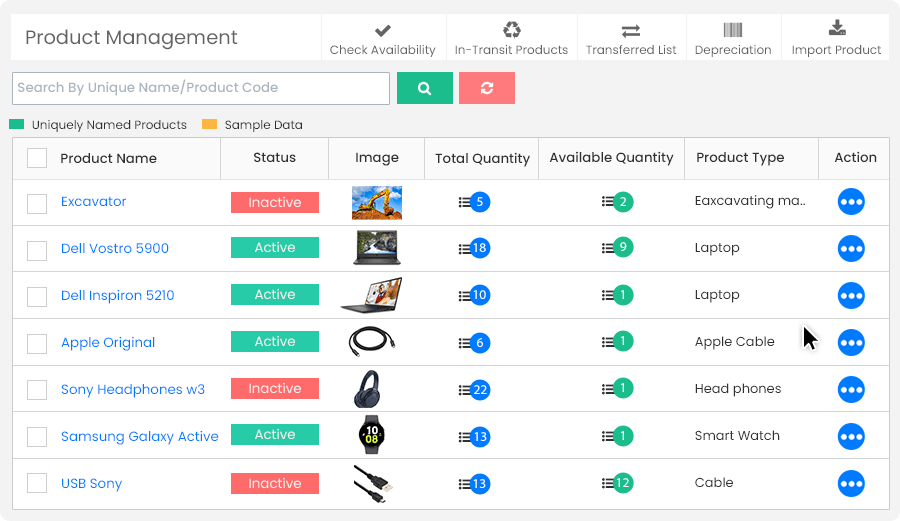
Clone Assets
Our system allows you to create a duplicate asset record based on an existing asset. Cloning assets helps save time and effort when adding multiple assets with similar attributes.
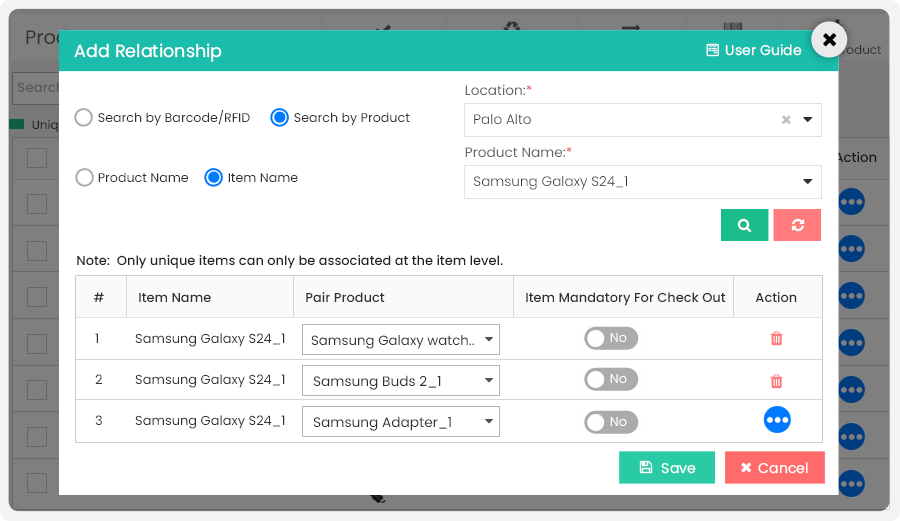
Parent-Child Items
The cloud-based asset management tool allows users to create parent-child relationships for items and related components easily. Users can define the compartment/sub-location if an item is a parent. With a parent-child relationship for all your company’s items, you can easily find your items' locations and subassemblies.
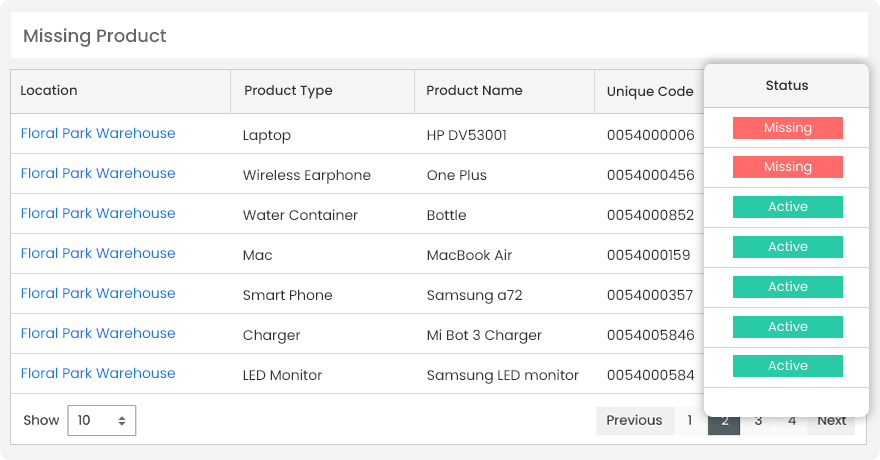
Comprehensive Data Management
Users can run reports on the entire asset list so that it becomes easier to identify if any items are missing and where they were last located. With each audit, date and time stamps are put in place to let you know the audit's frequency. Authorized users can view item requisition data, item assignment details, and item rotation details.
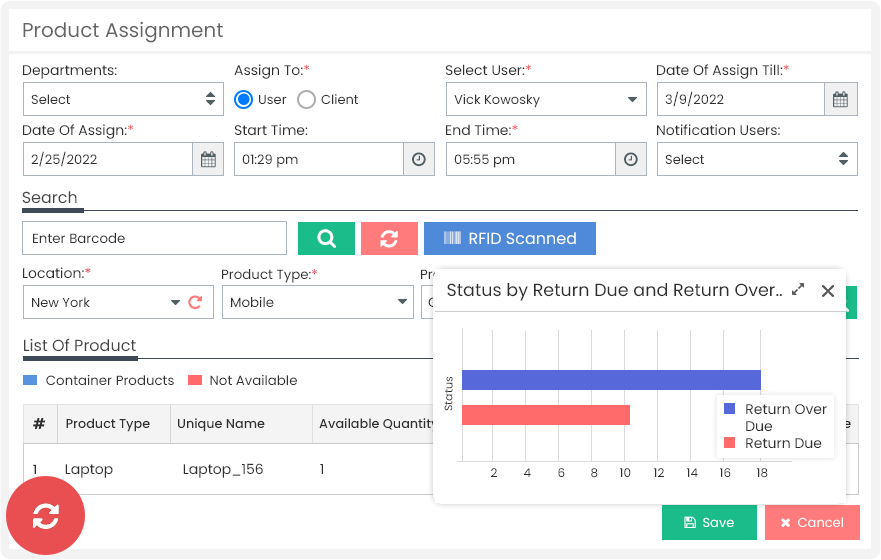
Effortlessly Manage Item Rotation Cycle
The module tracks items from when registered to their rotation cycle among various users until their disposal stage. It automatically notifies the user that the assignment period for the item has expired, and they need to either return the item or get it reissued.
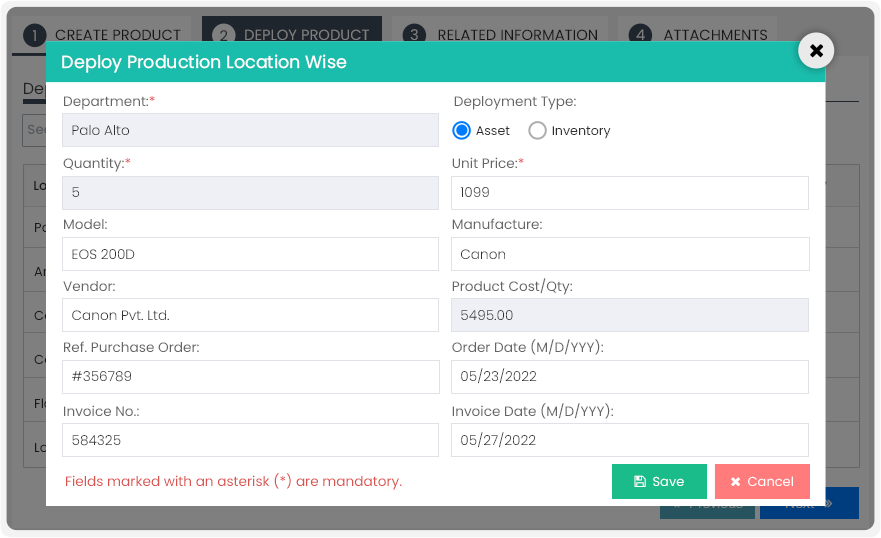
Easy Deployment To Make Smarter Decisions
Users can define and track item deployment according to the company's digital asset management system needs. Key features include Network Discovery, Automated Inventory, Software Deployment and metering, Financial Tracking, and License Management.
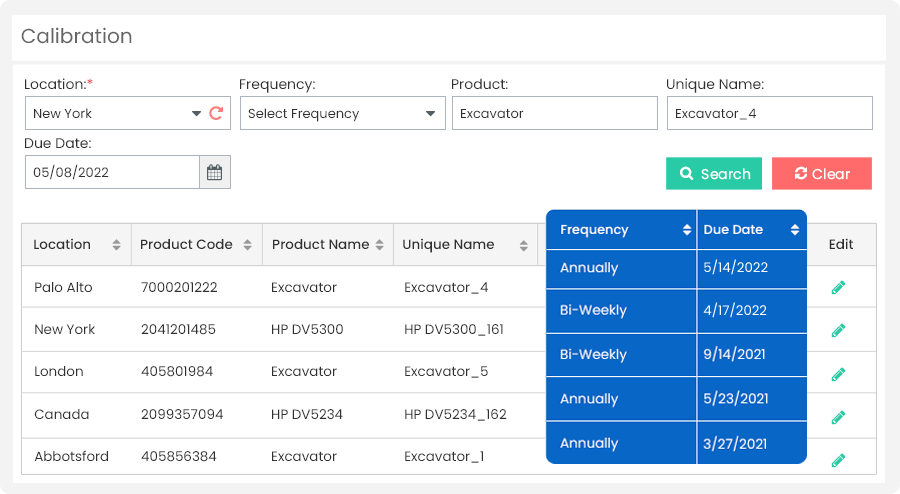
Accessible Item Tracking For Enhanced Visibility
Users get alerts about the calibration schedule of items, ensuring they're always in good condition. The cloud-based asset management system ensures items are with the correct user by scanning item labels or acknowledging ownership.
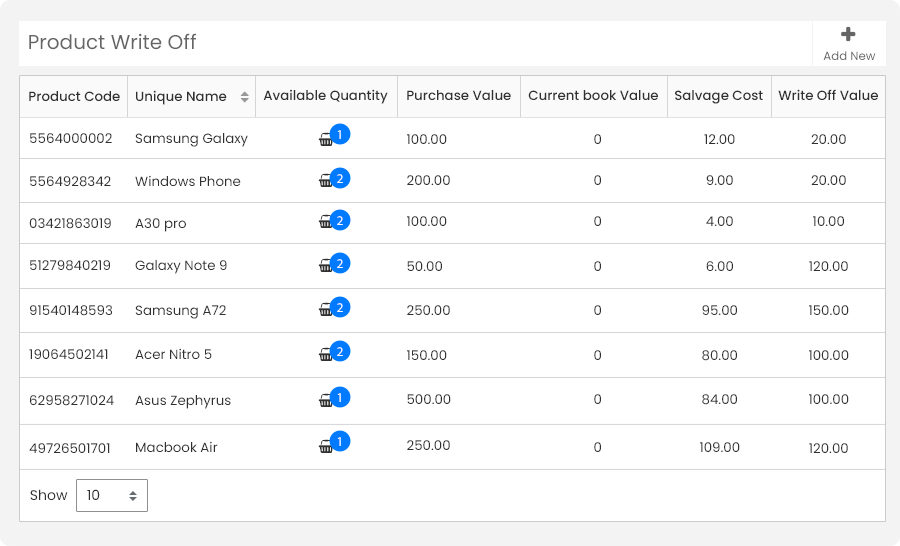
Real-Time Depreciation Management
Advanced depreciation management helps to track depreciation and run reports so users can reduce overhead costs. The Depreciation Details show the asset’s Purchase Cost, Acquisition Date, Depreciation Method, Useful Life, and Salvage Value.
- Track Tangible and Intangible Assets
- Time Saving
- Faster and Easier
- Limit Requisitions
- View Pending Requisitions
- Minimum Time To Raise A Requisition
- Asset Barcodes
- Asset Requisition
- Cloud storage Integration
- Assets Life Cycle Management
- Asset Rotation Cycle Management
- Asset Catalog
- Asset Transfer
- Dispute Management
- Asset Cloning
- View Asset details
- Requisition Checkout Time
- Calibration, Audit And Image Capturing
- Mobile Scanning
- Self-Checkout
- Depreciation Management
- GPS Tracking
- Deployment Property
- Rotation Cycle
- RFID Item Tracking

